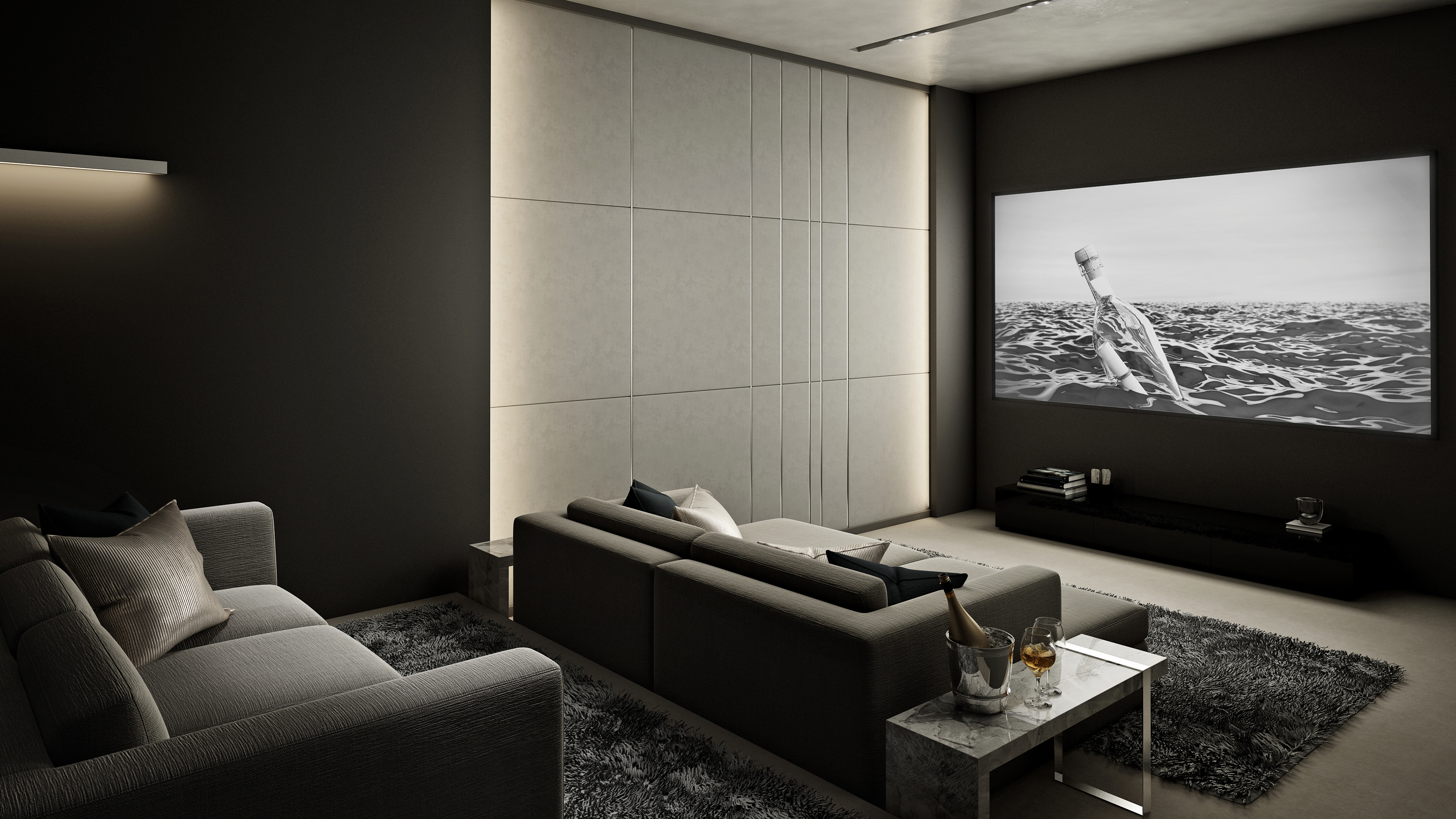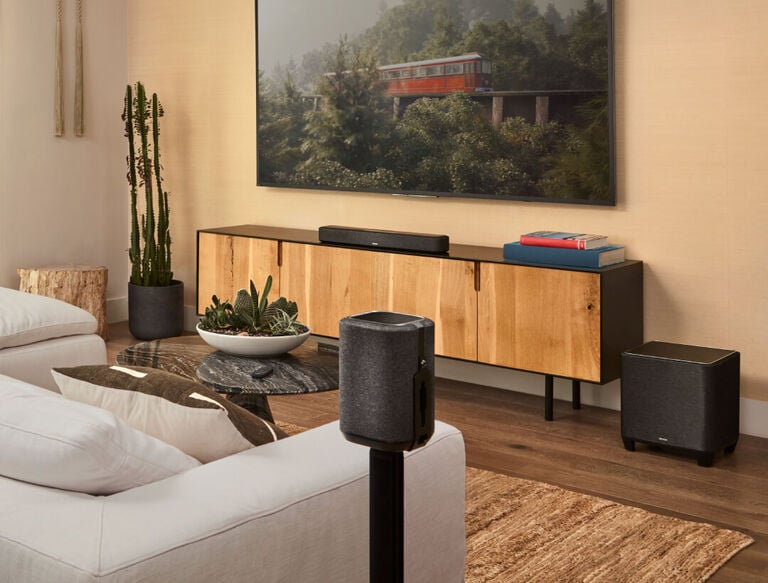Innovative Home Theater Tampa Designs for the Modern Home
Innovative Home Theater Tampa Designs for the Modern Home
Blog Article
Home Theater 101: Whatever You Required to Know for a Cinematic Experience in your home
Developing a home theater that equals the motion picture experience of a commercial theatre entails mindful consideration of multiple elements, consisting of display option, sound systems, and room design. Each aspect plays a crucial duty in attaining the desired ambiance and performance. Whether you are pondering the ideal screen size or the ins and outs of surround sound, recognizing these principles is essential. As we discover these vital parts, it comes to be noticeable that the choices made can significantly impact your overall viewing experience, leaving one to ponder how these decisions will form your individual movie theater.
Choosing the Right Screen
When establishing a home theater, picking the ideal screen can make or damage the checking out experience - tampa home theater installation. The display serves as the focal point of your configuration, influencing photo high quality, seeing angles, and overall visual. Key variables to think about consist of display resolution, type, and dimension
First, establish the proper screen dimension based upon your space measurements and seating distance. A basic guideline is to rest approximately 1.5 to 2.5 times the angled screen size for optimum viewing. Next off, choose in between various screen kinds, such as fixed-frame, motorized, or retractable displays, each offering distinct advantages. Fixed-frame displays generally provide the finest photo high quality, while mechanized options enable for adaptability in area use.
Resolution is an additional important variable. For a truly immersive experience, consider a display developed for 4K or perhaps 8K web content, guaranteeing intensity and quality. Additionally, think about the display's gain, which impacts illumination and comparison; a greater gain can boost brightness in well-lit rooms, while a lower gain may be much more appropriate for darker settings.
Picking Sound Equipment
Audio tools is a vital part of any kind of home cinema system, significantly enhancing the general viewing experience. The choice of audio gear can figure out the deepness, clearness, and immersion of noise, vital for developing a motion picture ambience.
When picking audio tools, take into consideration a border audio system, which commonly consists of a receiver, numerous audio speakers, and a subwoofer. A 5.1 or 7.1 channel system is recommended, where the first number stands for the audio speakers and the 2nd the subwoofer, offering an immersive soundscape. The receiver is the heart of the system, handling sound and video clip signals, and must support modern layouts like Dolby Atmos for a boosted spatial experience.
Quality audio speakers are important; seek models that use a well balanced noise profile with excellent bass feedback. Floor-standing audio speakers can produce richer audio, while shelf choices conserve space. Additionally, take into consideration cordless choices for ease of installment, although wired systems commonly provide superior efficiency.

Optimum Seating Arrangements
Producing an optimal home movie theater experience hinges considerably on optimal seating arrangements. The setup of seats plays an essential duty in both comfort and home theater tampa seeing quality, straight influencing the general cinematic experience.
First, consider the display size and viewing range. A typical guideline is to place seats at a range roughly 1.5 to 2.5 times the angled dimension of the screen. This makes certain his response an immersive experience without stressing the eyes.
Next, altitude is important. If your seats remains in a tiered style, the back rows should be greater than the front to prevent obstructions. For level seats, make sure that the front row is not as well near the screen, which everybody has a clear view.
In addition, think about the arrangement in regards to social dynamics. Group seats can improve the public experience, while private seats might be chosen for individual viewing.

Lastly, focus on convenience with ergonomic seating that supports extensive viewing periods. Including recliners or supported seats can considerably boost the experience, making the home movie theater a recommended location for both home entertainment and leisure.
Lighting and Ambiance
Efficient illumination and setting are important parts of a properly designed home theater, as they substantially affect the viewing experience. The best illumination can boost the motion picture feel, while poor options can take away from it. For optimum outcomes, consider a layered lighting approach that includes ambient, task, and accent illumination.
Ambient illumination gives basic lighting, ensuring that the area is not totally dark, which can strain the eyes. Dimmer buttons are highly advised, permitting adjustments based on the material being watched. Job lights, such as wall surface sconces or flooring lights, supplies useful lighting for tasks like analysis or navigating the area without interrupting the general environment.
Accent illumination can be utilized to highlight architectural attributes or produce prime focus, adding deepness and rate of interest to the room. LED strip lights behind displays or along shelves can provide a refined radiance that enhances the aesthetic experience without overwhelming the viewer.

Wiring and Installation Tips
A well-planned wiring arrangement is critical for accomplishing ideal performance in your home theater system. Correct circuitry not just makes certain high-grade sound and video signals but additionally improves the general aesthetic of your room. Begin by mapping out your layout, recognizing where each element will be positioned, including your display, speakers, and receiver.
When picking cords, prioritize high-quality, suitably evaluated wiring to lower signal loss. HDMI cable televisions should be used for video clip connections, while audio speaker cable should match the requirements of your speakers and amplifier. Select in-wall rated wires to abide by safety requirements and maintain a clean appearance.

Final Thought
In summary, producing an extraordinary home theater experience needs mindful consideration of numerous aspects, consisting of screen choice, audio tools, seating plans, lights, and wiring. Each visit their website element plays a crucial function in attaining optimal efficiency and setting, ultimately improving the satisfaction of home entertainment. By focusing on these variables, a cinematic environment can be efficiently replicated, permitting immersive watching experiences that rival conventional cinema setups. Focus to detail in each area is crucial for overall fulfillment.
Developing a home theater that rivals the cinematic experience of a commercial theatre entails cautious consideration of multiple components, including display option, sound systems, and space design.When setting up a home theater, selecting the right display can make or damage the seeing experience. Next, choose in between numerous display types, such as fixed-frame, motorized, or retracting displays, each offering unique advantages. For a truly immersive experience, consider a display created for 4K or even 8K content, ensuring intensity and clearness.In summary, creating an exceptional home cinema experience needs careful factor to consider of numerous aspects, including display selection, audio tools, seating plans, lighting, and circuitry.
Report this page